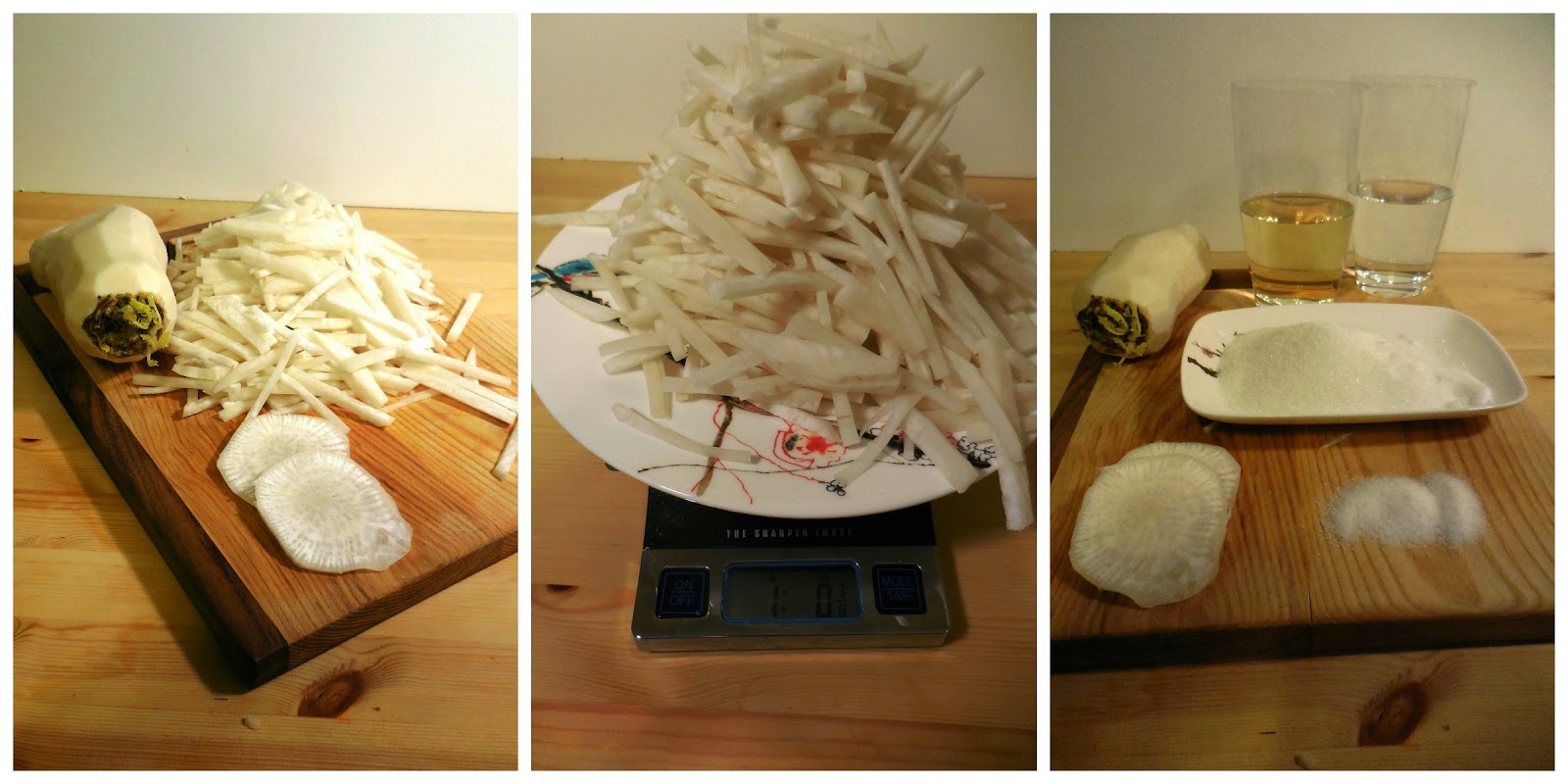It's finally fall here in Minnesota which means I am in full out Tea drinking mode. Korea has some great teas and last year I tried my had at making one. I would classify it as a semi success. This recipe was a semi success because it was a labor intensive recipe and took forever to prep, it tasted ok but at the end of the day I don't think it was worth the time. That being said had I used pitted dates (instead of doing ti myself) and owned a food processor (I used a immersion blender that gunked up something awful) I think it would be worth it to try again.
This Recipe comes straight from Maangchi she has a lovely video on how to make this tea as well as a second recipe. I think the next time I try this I will try the traditional method. I suggest going to Maanchi's site to view the video and use her recipe but I will write out what I did below... so you know what not to do ;)
Here is what you will need:
1/2 pound of Dried (pitted) dates that have been washed and patted dried and sliced
*These are different that the dried dates you can get at most grocery stores, you will want to go to the Korean market to buy these. Look for/ask for jujube's, if you can't find the pitted kind go and check out Maangchi's recipe for the traditional tea (trust me)
2 Ginseng roots with the tops removed (supposedly if the top of the ginseng root isn't removed it can give you a fever. My mother-in-law frantically called me after sending the hubby and I fresh roots because she was worried that I would make us both sick. Lucky I had already removed the tops)
1/2 cup Honey
How to Make It:
Cut the dates and Ginseng into small pieces and grind into a paste (do not use an immersion blender) using a food processor.
Mix in 1/2 cup of honey and place mixture into jars.
The tea keeps up to a month when refrigerated.
Add 1-2 Tablespoons to a 12oz cup of boiling water stir and enjoy!
.JPG)
.JPG)
.JPG)
.JPG)
















































